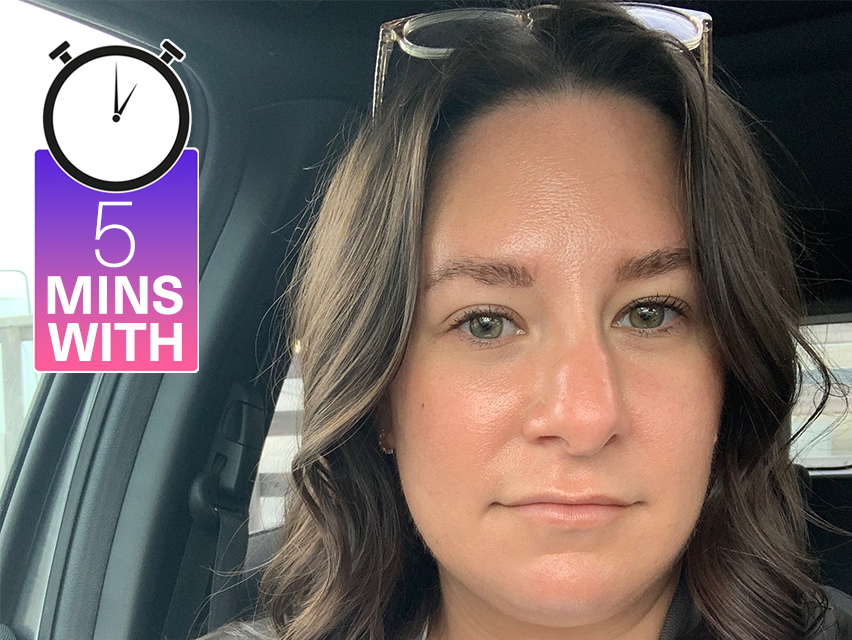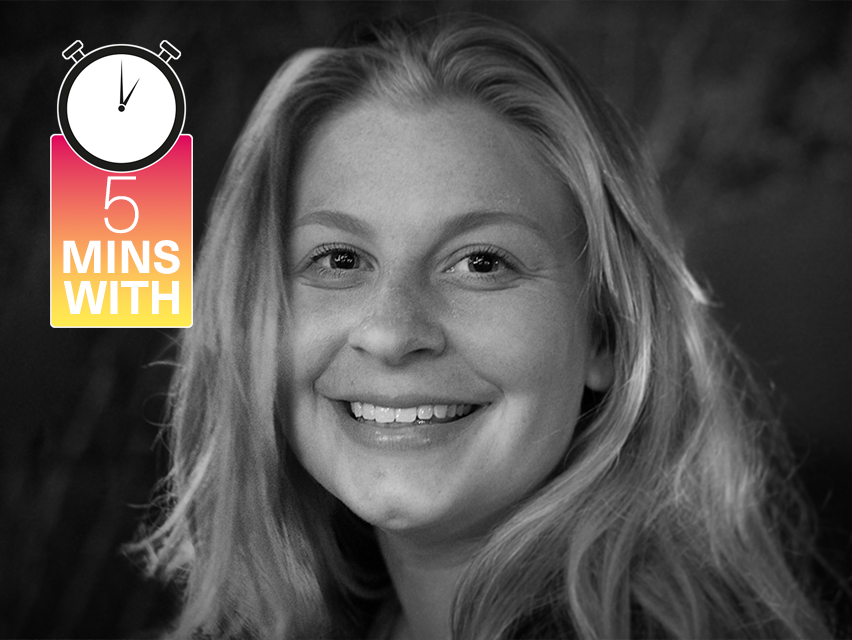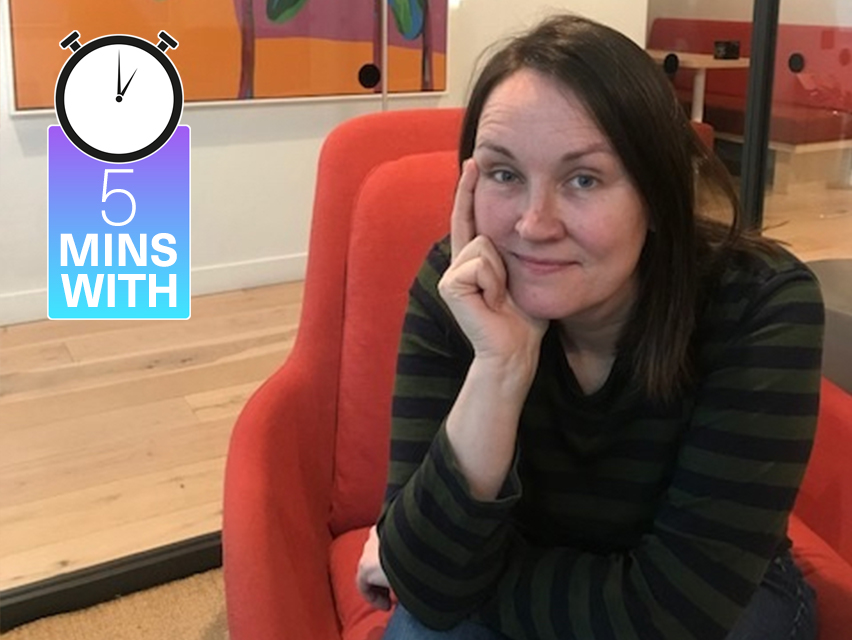Be the first to know — Get Outpost's monthly newsletter for news, tips and job opportunities.
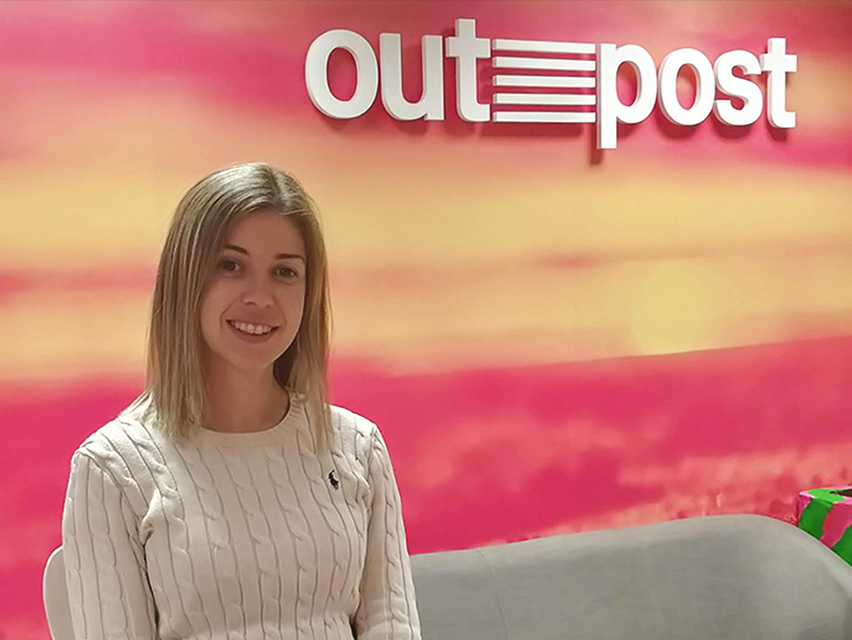
Interviews
De-ageing In Hollywood: From Practical Makeup To VFX
28 October 2019
2D Lead Elena Estevez Santos talks about the challenges behind achieving believable de-aging and why lighting is an essential part to that process
Can you tell us about your professional background? How did you end up working in visual effects?
Well I have a varied background and started doing fine art. Then I moved to media, doing that for five years. During that time I did a diploma in make-up but then there was an economic crisis in Spain and there weren’t many jobs available there, so I came to England and did a Masters in Digital Effects at Bournemouth University.
The reason I ended up in visual effects was because I liked the combination of fine arts and media, but I wasn’t sold on fine arts by itself or in media either. I did a little stop-motion project for my university, and that project led me to VFX and I knew I wanted to study it. This led me to Bournemouth.
What do you like most about being a 2D Lead?
I like the hands-on work. My favourite part is look-dev, where you have a challenging shot and you have to figure out how to solve it, more than the actual refining of it. I think that’s really rewarding because you can see quick results and it’s a bit of a puzzle too.
You mentioned previously about studying makeup. What did you like the most about the craft of makeup?
It’s something I always wanted to do outside of my media studies, and it involved beauty and street makeup. I did a short course in FX makeup too. Because of my fine art background, I always liked to study faces; how our faces are affected by aging, how skin develops. That’s normally something that makeup fixes, but for me it was more fascinating to see what you could physically do to fix it. That is something you can do in visual effects, too.
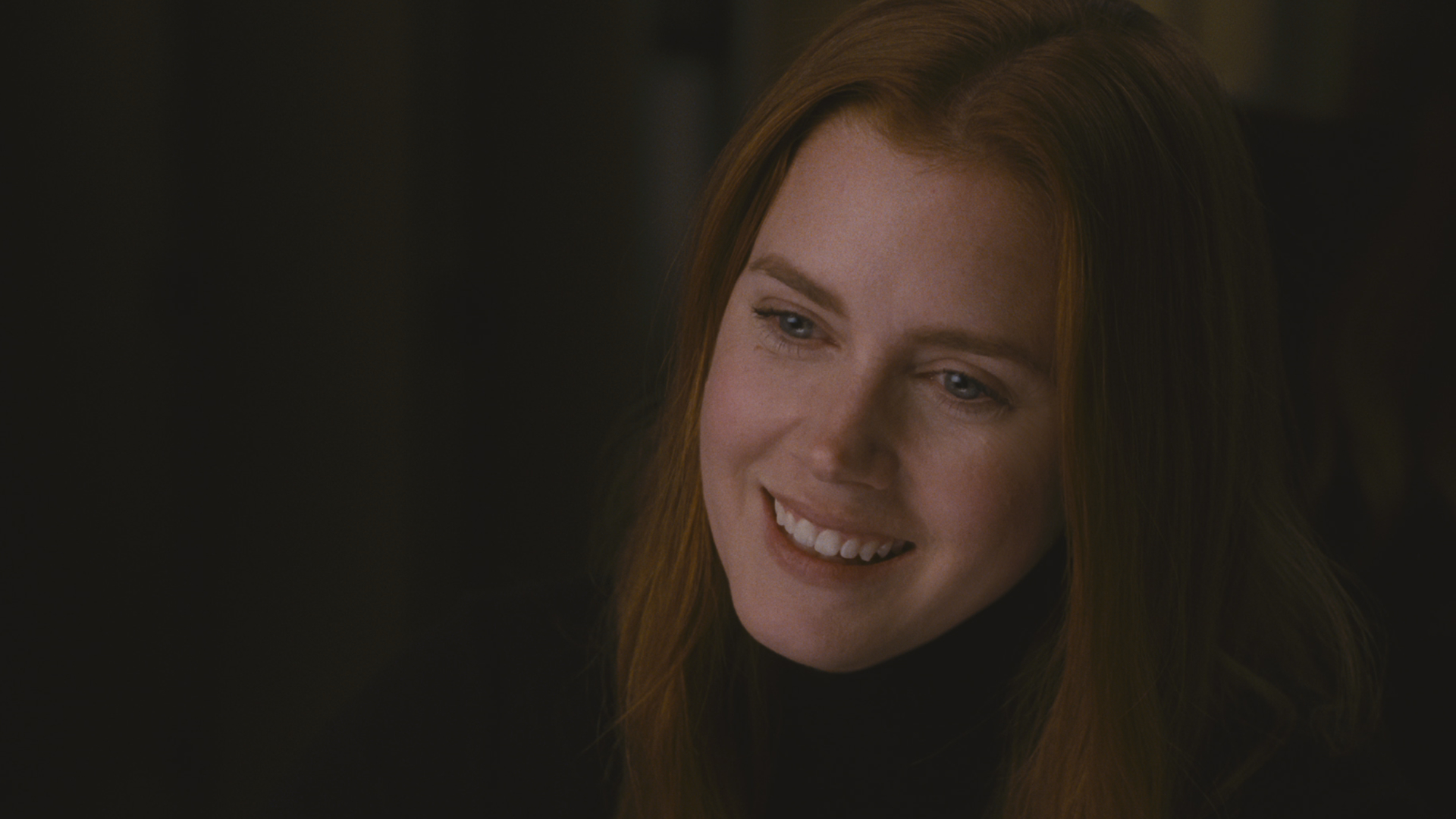
Can you compare the physical street makeup you did with the digital makeup and beauty you do in VFX?
It’s extremely different. When I did the short course in FX makeup, the good thing is you have instant feedback and can see if it works straight away. The makeup is already attached to the person. The most challenging thing in digital makeup is the change of lighting, and tracking. Nowadays it’s easier to track with your phone than in Nuke with digital makeup!
If there is something wrong on a face, you will notice it because you look at faces directly every day.
You’ve previously done some de-aging and digital makeup work on Nocturnal Animals, Come Home and Interlude in Prague. What do you enjoy most about doing this type of work?
I love it because it’s so challenging, but at the same time you don’t know why. It’s not something obvious. When you see a shot that doesn’t work, you know how to fix it. With de-aging, it’s a lot of interpretation, and how you might think the person would've looked x number of years ago. Obviously now we have Google, we have a lot of information but then that makes it more difficult as people will have higher expectations. For me it’s interesting to see how that person has aged over time, and comparing how the bags under their eyes or their cheeks have developed, if they now have a double chin, et cetera. It’s fascinating for me and quite satisfying to work on.
Even if there is a lot of de-aging in movies, only a few people get it right. Sometimes they completely remove the sagging under the eye and make them look airbrushed, which is unnatural. There are good de-agers and bad ones too. It’s a craft.
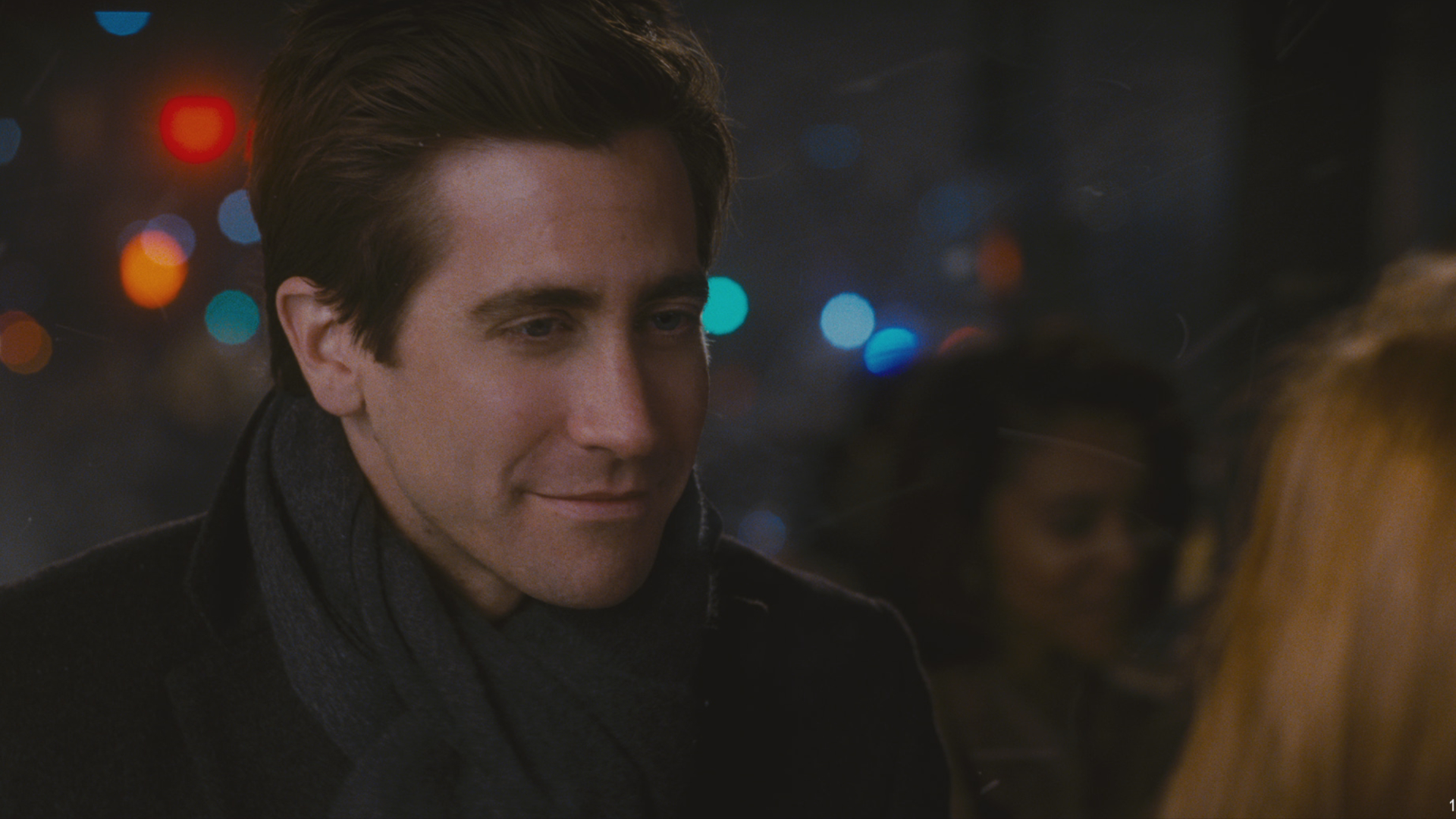
Why do you think there isn’t much aging work?
I think aging can still be achieved with really good makeup, and all you have to do is hide the seams, while you can’t achieve de-aging with makeup. Rejuvenation is almost impossible in real life. It’s a complicated thing because a lot of actors don’t want to see themselves age in a bad way, so you have to find a balance and keep them attractive but as an old person. It’s really difficult. You need to create a whole new face and create wrinkles. What you can do is bring an older actor in, and then track the original actor’s face on top of the older stand-in actor. If you don’t have those resources, you will have to get a still frame of the original actor, find a pass in which they look good and track it back. It’s difficult to make it look real because every wrinkle catches light in a different way.
But, you know, there are apps on phones that can do that for you instantly now!
When you’re de-aging an actor, you can just use references from Google to find out how they looked a few decades ago, like you said, so what references do you use when doing beauty work or applying other digital makeup work?
It depends, if you are doing gory makeup, you can look at forensic imagery. It’s the same as in practical effects and you make it work with the face you have. We’ve also done beauty work like removing spots, removing bags under the eyes, lifting eyebrows – cosmetic changes. In this case you just use your intuition, but you always have to have a fine line so that you are not removing too much in a way that makes a person unrecognisable and waxy. Everybody gets plastic surgery nowadays, and you actually sometimes be asked to correct plastic surgery, when it’s been done a bit over the top or if there is a frozen eyebrow effect from the botox. There might also be a shiny forehead so you have to mattify it, but in general it’s normally slimming, smoothing and removal effects.
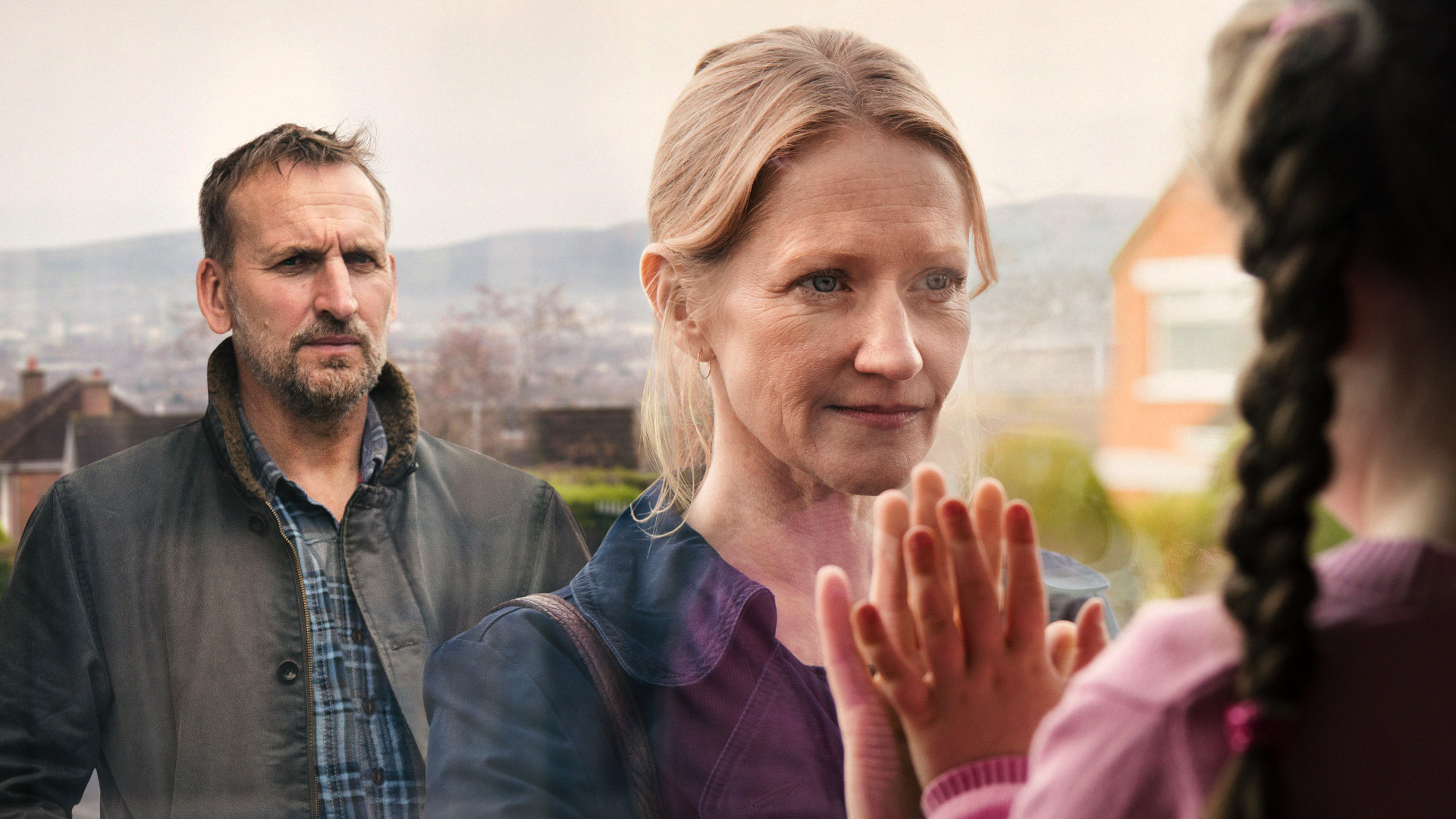
Are there any challenges to beauty and de-aging that people don’t necessarily realise?
Lighting is most difficult I’d say! Tracking is difficult too, but I remember that with one project, the actors were in a disco and they had flashing lights, diagonal lights and moving faces! So during the shoot, we try to get as much flattering lighting as we can or make sure the faces aren’t moving, the actors aren't rotating their heads and hopefully they are not speaking. If you have to de-age someone who is speaking, make sure that they’re not seen for very long in the shot and the light is soft.
I think a common mistake as well is when people just remove bags under eyes and then smooth the lips, which creates a doll-like effect on the actor. The plumpness of the cheeks aren’t touched, and then that creates a weird mix between an old and young person. It’s very difficult trying to achieve the balance between things you need to put back, and things you need to remove. If you don't do it right, it can look quite creepy!
If you had a 70-year old actor and you need to de-age them to 50, that’s not too hard to do as the person is already an adult and their body is already the shape it needs to be. If they were 90, they might already have a hunched back, which would affect how the final result will look.
I do think it’ll get much easier eventually – just look at all the deepfakes nowadays.
What do you think about the increase in de-aging actors in films?
There are more de-aged actors in big-budget films, but still you can sometimes tell they’ve been deaged. Sometimes when it’s bad, you’ll see blurred faces. It's interesting is that beauty work is done way more with women. With men you might do eye bags, but it’s always with women and you create this expectation that actresses never age. It’s funny because we imitate that look in real life, more people get botox or surgical retouches to imitate how they think these female celebrities look on screen, but then the digital version imitates a cosmetic surgery look, so the two feed into each other.
What advice would you give to an artist working on de-aging or applying digital makeup to an actor?
Always look at people’s faces, including your own. Take a look to see how you have aged. We all age in the same way, some people put on weight or lose weight but gravity affects the face the same. And it’s what you do with your body that affects the changes. If you study how people change, then you can reverse that easier. Have a look at different races too as that affects people’s aging and de-aging. It’s not just technical, it’s a lot of craft and creative work if you want to de-age someone well. I find that when you are doing de-aging work, you end up looking at people a lot more after.
Also, if you can, you need to consider the context of the show. If that person gets really skinny in the story or had an accident in between the two different ages, then that will affect the outcome. Asymmetry will become way more prominent when they age, and that’s the same in everybody.





